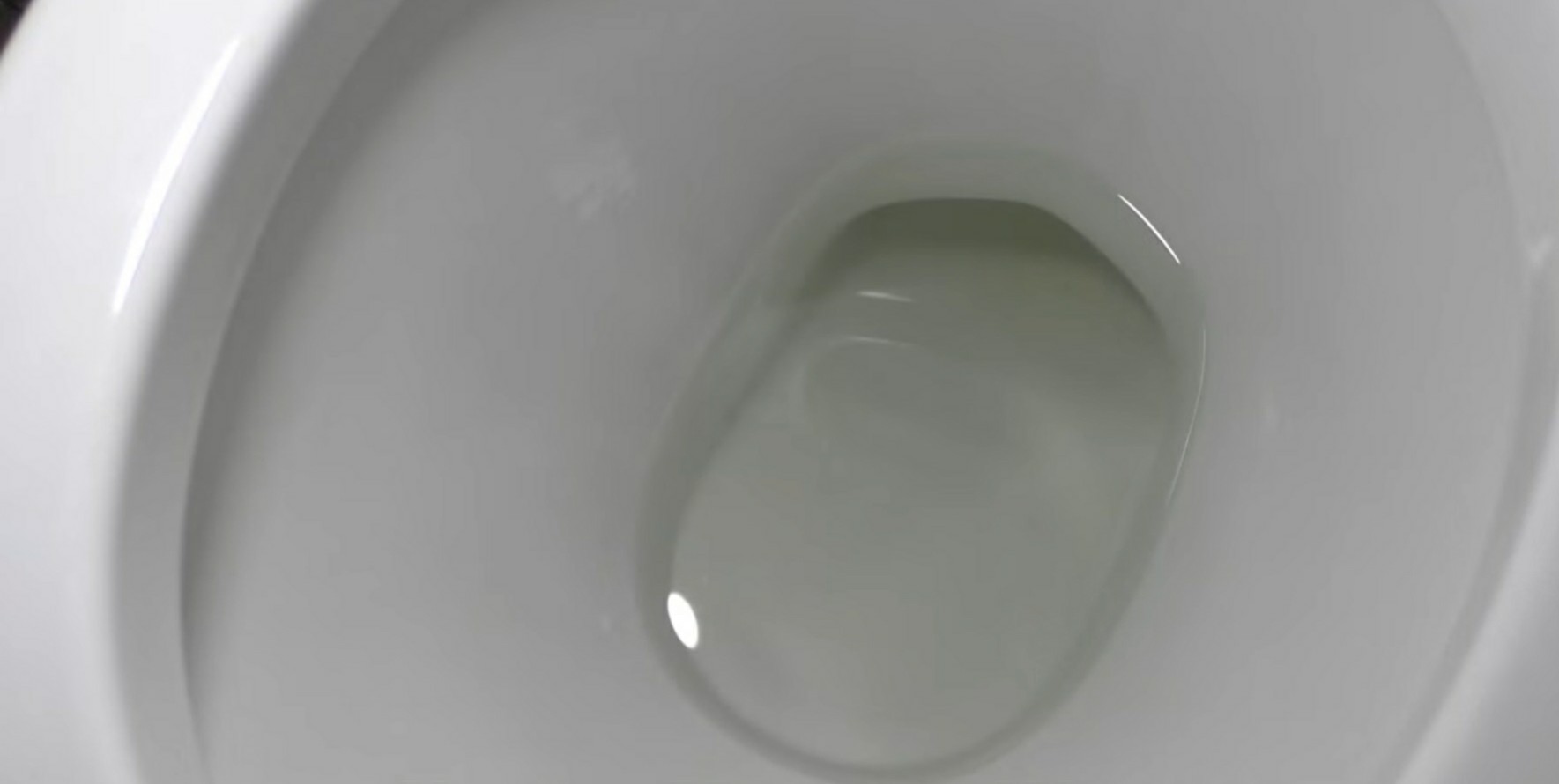Smartphone Xiaomi Redmi 8 - advantages and disadvantages

Budget smartphones equipped with an NFC module will soon be replenished with another model - Xiaomi Redmi 8 will be presented in China on August 29. In addition to NFC, the phone has a number of other good features that you will learn about by reading our review.
Content [Hide]
The demand for the NFC module

Now the presence of the NFC module is one of the main criteria for choosing a smartphone in Russia. After all, the payment systems Samsung Pay, Apple Pay and Google Pay that have appeared in Russia allow you to easily pay in a contactless way using a smartphone.
Once upon a time, people did not experience the inconvenience of using paper money or coins.But after the advent of plastic cards, the attitude towards cash has changed significantly: after all, it is much easier to carry only one card with you instead of a wallet with a lot of pieces of paper. Also, cashless payment eliminates the little things, which can often be received in large quantities as change.
It would seem, what could be better than plastic cards? It turns out that a smartphone can be better than a card. And if you can forget cash or a plastic card, then a smartphone is an object that is next to a person 24 hours, 7 days a week.
The short-range wireless NFC technology built into your smartphone allows you to use the device as a contactless card. The technology operates at a maximum frequency of 13.56 MHz and at a distance of up to 10 cm.
The abbreviation NFC stands for Near Field Communication, which translated into Russian means near field communication.
Recently, the head of the Redmi brand said that in the near future all low-cost smartphones will be equipped with an NFC module. The main reason for this decision was the high demand for this technology in the international market.
Xiaomi Redmi 8 review
Main characteristics of the model
| CPU | Qualcomm SDM439 Snapdragon 439 |
| GPU | Adreno 505 |
| Interface: | Android 9.0 |
| MIUI 9 | |
| Front-camera | 8 MP video - 1080p @ 30 fps |
| rear camera | 12 MP and 2 MP video recording 1080p @ 30/60fps |
| Autonomy: | 5,000 mAh lithium polymer battery |
| charging 10 W | |
| Dimensions: | height - 156.3 mm |
| width - 75.4 mm | |
| thickness - 9.4 mm | |
| weight - 190 g | |
| Screen: | IPS LCD, 720 x 1520 pixels, 19:9 |
| Corning Gorilla Glass 5, 6.22 inches | |
| Memory size: | memory card up to 1 TB |
| operational - 2, 3 and 5 GB | |
| built-in - 16, 32, 64 GB | |
| Connectors | USB On-The-Go, micro USB 2.0 |
| WiFi | Wi-Fi Direct, 802.11 b/g/n, hotspot |
| Bluetooth | 4.2 (aptX HD, A2DP, LE) |
| Radio | yes (FM radio) |
| infrared port | there is |
| NFC | there is |
| GPS | GALILEO, BDS, A-GPS, GLONASS |
| Sensors | compass, lighting, proximity, fingerprint, accelerometer |
| Sound | 3.5 mm headset and headphone jack, loudspeaker |
| SIM card support | dual sim |
| Network support | 2G, 3G and 4G (HSPA, LTE-A speed) |
| Colors | red, black and blue |
| materials | plastic, glass |
Power
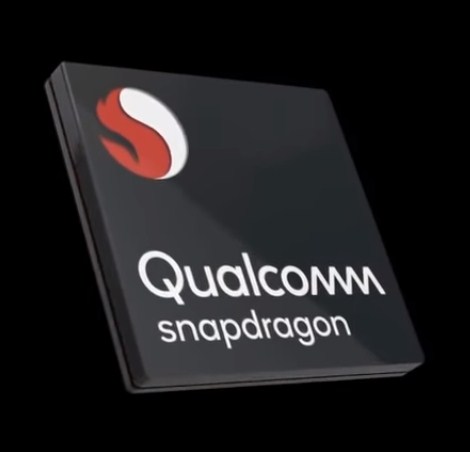
Xiaomi Redmi 8 runs on a 12nm Qualcomm SDM439 Snapdragon 439 processor, which is represented by 8 Cortex-A53 cores, where two cores operate at a frequency of 2 GHz and six at a frequency of 1.45 GHz.
It is noteworthy that in the previous model, Xiaomi Redmi 7, a more powerful chipset was installed - Snapdragon 632. Most likely, this decision was due to saving on the processor for the sake of other necessary and impressive features that this budget smartphone is endowed with.
But, manufacturers should not be upset because of this decision, since the Snapdragon 439 is distinguished by its battery life and stable overall performance. Of course, the processor is not fast enough for games with high requirements, but it will cope with average requirements. The Snapdragon 439 also performs well in solving everyday, ordinary tasks.
The video processor for mid-range smartphones - Adreno 505 - is responsible for the graphics. The graphics chipset produced using 28 nanometer technology supports the following standards:
- DirectX 12 - for the interaction of OS and applications with video processor drivers;
- Vulkan 1.0 - required to display 2D and 3D graphics;
- OpenCL 2.0 is an open computing language;
- OpenGL ES 3.1 + AE is an interface for embedded systems.
Operating system
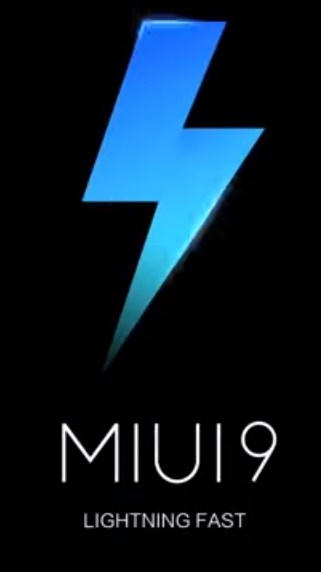
Redmi 8 is equipped with Android 9.0 Pie with Xiaomi's proprietary firmware - MIUI 9. The firmware has a number of useful features that improve the appearance and performance of the smartphone. Here is some of them:
- adding new animations and themes;
- change in the desktop settings menu, lock screen and security;
- multi-window mode and the ability to answer directly from the pop-up notification window;
- high speed of application loading and interface operation;
- new cache cleaning algorithms and advanced settings;
- second storage and improved power saving function;
- the ability to clone important programs.
Offline work
The autonomy of the novelty is simply impressive. The smartphone has a non-removable lithium-polymer battery with a capacity of 5,000 mAh. With medium loads, the device will be able to work for two days without recharging. It also supports 10W fast charging.
New design
Xiaomi Redmi 8 has a very attractive appearance. On the front part there is a large screen, which occupies 81.9% of the usable area. Redmi 8 follows fashion trends: the front camera is neatly placed in the waterdrop notch. At the bottom of the screen on a fairly wide "chin" you can see the inscription Redmi.
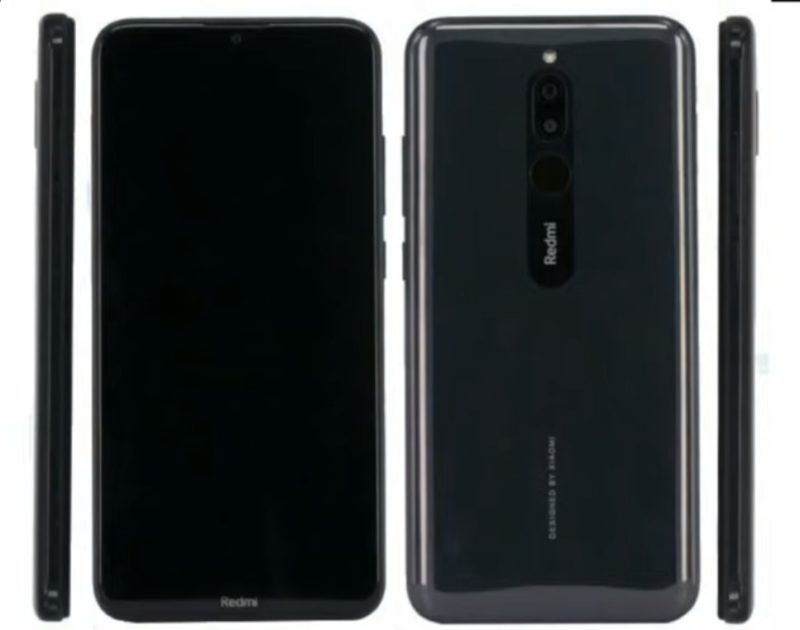
The back panel is made of glossy plastic with a choice of gradient shades of black, red or blue. On the panel, in the middle of the surface, there is a dual main camera module, above it is an LED flash, below it is a fingerprint sensor and below it is the Redmi inscription. Even lower is the inscription Designed by xiaomi.
The right side contains the unlock and power button, as well as the volume rocker.Unfortunately, there is nothing to write about the location of the connectors, since there is no such information on the network, and in several photos found on the network, you can only see the location of the power and volume buttons.
Display
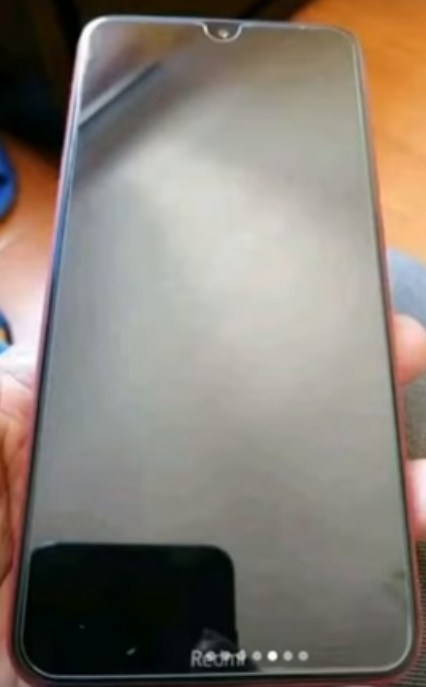
The Xiaomi Redmi 8 display is made using IPS LCD technology. Despite the large diagonal of 6.22 inches (occupied area of 96.6 cm2), the resolution is only 720 by 1,520 pixels. The display conveys contrast well and has a sufficient margin of brightness, but the detail is not high - the pixel density per inch is only 271. The 19:9 aspect ratio makes it convenient to use the device with one hand.
The screen is made in 2.5D format and is protected by fifth generation Corning Gorilla Glass.
cameras
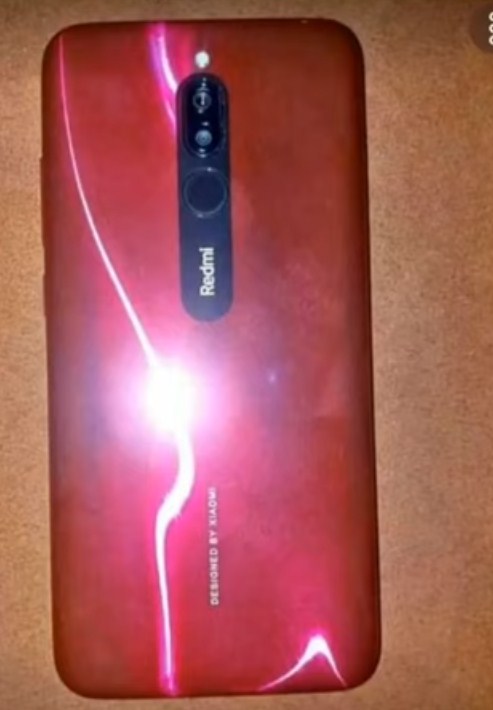
The main camera has a dual module:
- The first module with a resolution of 12 MP is expressed by a CMOS sensor. The pixel size is 1.25 micrometers, the sensor is 1/2. Aperture is f/2.2;
- The second module is needed for the depth of the scene. The resolution is 2 megapixels.
Main camera features:
- dual LED flash and autofocus;
- burst, panoramic, and HDR shooting;
- digital zoom and digital image stabilization;
- geotagging and RAW;
- touch focus and scene selection mode;
- face recognition and auto start;
- white balance and ISO adjustment;
- exposure compensation;
- image resolution - 4,032 by 3,024 pixels at 12.19 MP, video - 1,920 by 1,080 at 2.07 MP;
- frame rate - 60 frames per second.
The front camera has an f / 2.0 aperture, a pixel size of 1.25 micrometers and a resolution of 8 megapixels.
It is too early to speak with confidence about the high quality of the images, since there are no photo examples on the network yet. But, based on the characteristics provided, you can be sure that this budget device will not disappoint users.
Memory and device cost
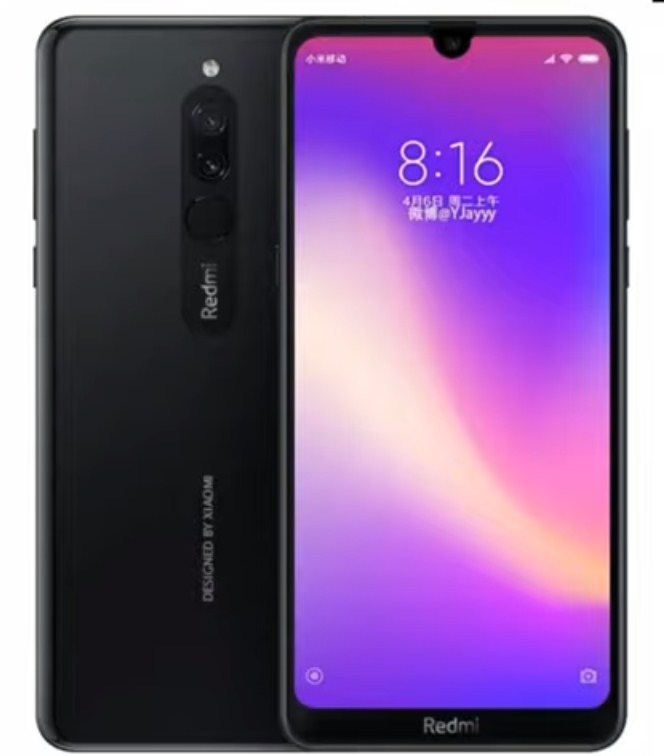
The amount of single-channel LPDDR3 RAM will be available in three versions: 2 GB, 3 GB and 4 GB. The RAM speed is 933 MHz. Built-in memory will also be available in three variants: 16 GB, 32 GB and 64 GB. Memory expansion is also available with memory cards up to 1TB.
At the moment, there is no exact information about the cost of each modification, but there is information that the price of the smartphone will not exceed $160.
Some information about Xiaomi

Four years. That's how long it took Xiaomi to turn the technology market around. Xiaomi CEO Lei Jun gained his experience while working for eight years in the American international corporation Kingston Technology Company. Lei Jun started his career as an engineer and later became the president of the company. In addition to his main job, the future CEO of Xiaomi has invested in various interesting projects and startups. Such projects as online stores, a video service and a mobile browser brought big profits.
Xiaomi Tech was registered in 2010. Where a team of eight people led by Lei Jiong created a stable MIUI operating system. In just three years, the operating system has become in demand for more than 30 million people.
The world saw the first smartphone from Xiaomi in 2011. It was Xiaomi Mi One, running on Android 4.1 and, of course, with the MIUI skin.
At the moment, Xiaomi is one of the best manufacturers of affordable, high-quality and interesting smartphones.
Advantages and disadvantages of new items
- decent performance;
- NFC and infrared port;
- 3.5 mm headset and headphone jack;
- proprietary firmware with many features;
- high levels of autonomy;
- beautiful appearance;
- display protection Corning Gorilla Glass 5;
- good brightness and color reproduction of the screen;
- excellent camera performance;
- low cost.
- small amount of RAM;
- not very good image detail.
Conclusion
Xiaomi was able to create a smartphone that has excellent value for money. For a low price, you can get a fairly productive gadget with a good camera, an infrared port and NFC, and long autonomy.
new entries
Categories
Useful
Popular Articles
-

Top ranking of the best and cheapest scooters up to 50cc in 2022
Views: 131651 -

Rating of the best soundproofing materials for an apartment in 2022
Views: 127690 -

Rating of cheap analogues of expensive medicines for flu and colds for 2022
Views: 124519 -

The best men's sneakers in 2022
Views: 124033 -

The Best Complex Vitamins in 2022
Views: 121940 -

Top ranking of the best smartwatches 2022 - price-quality ratio
Views: 114980 -

The best paint for gray hair - top rating 2022
Views: 113395 -

Ranking of the best wood paints for interior work in 2022
Views: 110318 -

Rating of the best spinning reels in 2022
Views: 105329 -

Ranking of the best sex dolls for men for 2022
Views: 104366 -

Ranking of the best action cameras from China in 2022
Views: 102216 -

The most effective calcium preparations for adults and children in 2022
Views: 102011


